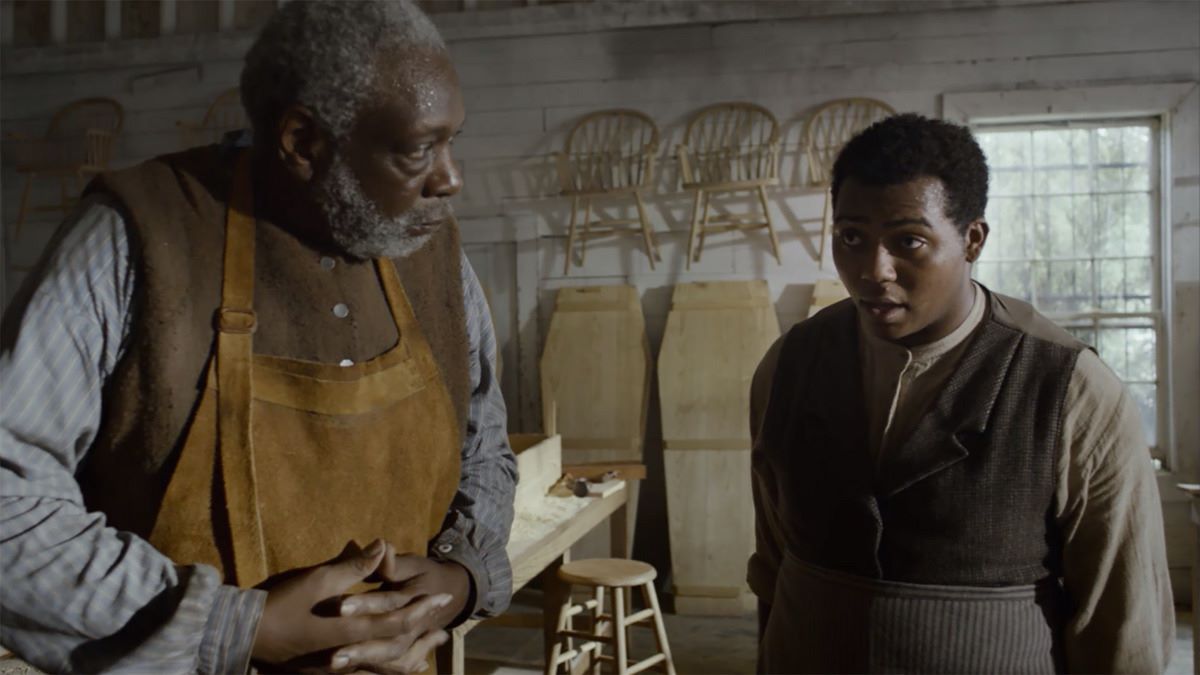
Python is a fascinating creature that captivates the curiosity of both wildlife enthusiasts and reptile lovers worldwide. With its distinctive patterns, impressive size, and intriguing behavior, pythons have become a subject of fascination and study. In this article, we will explore 17 intriguing facts about pythons, shedding light on their anatomy, habitat, hunting techniques, and more. From their incredible ability to swallow large prey whole to their impressive length that makes them one of the longest snakes in the world, pythons never fail to astound us with their unique features. So, buckle up and get ready to delve deep into the world of pythons as we uncover some of the most intriguing and remarkable aspects of these extraordinary creatures.
Key Takeaways:
- Pythons are fascinating non-venomous constrictor snakes found in various regions, known for their impressive size, unique hunting techniques, and vital role in maintaining ecological balance.
- The python’s influence extends beyond biology, as it has inspired a popular computer programming language and holds cultural significance in various traditions and folklore around the world.
The Python is a Constrictor Snake
Python refers to a group of non-venomous constrictor snakes found in various parts of the world. These fascinating reptiles have a unique ability to suffocate and overpower their prey by coiling their bodies around them.
Python Species are Found in Different Regions
There are over 40 species of pythons, each with its own distinct characteristics and habitat. They can be found in tropical and subtropical regions of Africa, Asia, and Australia.
Pythons are Impressive in Size
Pythons are known for their incredible size and can become some of the largest snakes in the world. The reticulated python holds the record as the longest snake, reaching lengths of over 30 feet.
They Have Unique Hunting Techniques
Pythons are ambush predators and have unique hunting techniques. They rely on their powerful muscles to constrict and suffocate their prey, which includes small mammals, birds, and reptiles.
Python Skin is Highly Valued
The beautiful patterns and texture of python skin make it highly prized in the fashion industry. However, the trade of certain python species is closely regulated to ensure their conservation.
Pythons are Remarkable Swimmers
Contrary to popular belief, pythons are excellent swimmers. They can stay submerged for extended periods and use their bodies to propel through water with remarkable agility.
They Have Heat-Sensing Abilities
Pythons possess special organs called heat pits that allow them to detect the infrared radiation emitted by warm-blooded animals. This unique adaptation helps them locate prey effectively, even in low-light conditions.
Python Lays Clutches of Eggs
Female pythons lay clutches of eggs rather than giving live birth. They coil around the eggs to provide warmth and protection until they hatch, which can take several weeks.
They Undergo Shedding
Like all snakes, pythons undergo shedding to accommodate their growth. During this process, they shed their old skin to reveal a fresh, vibrant layer underneath.
Some Pythons are Tree Dwellers
Certain python species, such as the green tree python, are arboreal and spend a significant portion of their lives in trees. Their vibrant green coloration helps them blend into their forest surroundings.
Pythons Have a Long Lifespan
Pythons are known for their impressive lifespan. In captivity, some species have been documented to live for over 30 years, while their lifespan in the wild can vary depending on factors such as predation and habitat conditions.
They Play an Important Ecological Role
Pythons play a crucial role in maintaining ecological balance as top predators in their respective habitats. By controlling the population of prey species, they contribute to the overall health and stability of the ecosystem.
Some Pythons are Endangered
Unfortunately, several python species are at risk of extinction due to habitat loss, illegal wildlife trade, and other human-related activities. Conservation efforts are ongoing to protect these magnificent reptiles.
Pythons are Not Venomous
Unlike many other snake species, pythons are non-venomous. They rely solely on their powerful grip and constriction ability to capture and subdue their prey.
They Have Unique Digestive Abilities
Pythons have an astonishing ability to engulf and digest prey much larger than their own size. Their flexible jaws and expandable stomach allow them to consume large animals, which may take several days to be fully digested.
Python has Influenced Programming
Sometimes, the fascinating world of animals and technology merge. Python, a widely used computer programming language, got its name from the British comedy group Monty Python. Its readability and versatility have made it a popular choice among programmers worldwide.
The Importance of Python in Ecology and Culture
Python’s significance goes beyond its fascinating biology. It holds a prominent place in various cultures and folklore around the world. In some traditions, the python symbolizes fertility, wisdom, and transformation.
So there you have it, 17 captivating facts about Python. From their impressive size and hunting techniques to their vital role in ecosystems, pythons continue to intrigue and amaze us with their unique characteristics. Whether you appreciate them for their beauty, their place in mythology, or their influence in programming, the world of pythons is as diverse and captivating as the reptiles themselves.
Conclusion
In conclusion, these 17 facts about pythons highlight the fascinating nature of these incredible animals. From their impressive size and strength to their unique hunting methods and habitats, pythons continue to captivate and awe both researchers and nature enthusiasts alike. With their diverse species and widespread distribution, pythons play an essential role in maintaining the delicate balance of ecosystems around the world.Learning about pythons not only allows us to appreciate their beauty and complexity but also raises awareness about the importance of conserving their natural habitats. By understanding their behavior patterns and ecological significance, we can further protect and preserve these remarkable creatures for future generations to admire and study.
FAQs
Q: Are pythons dangerous to humans?
A: While pythons are large and powerful, they generally do not pose a significant threat to humans unless provoked or cornered. It is always crucial to exercise caution and respect when encountering wild pythons.
Q: How do pythons kill their prey?
A: Pythons use a method known as constriction to kill their prey. They coil their body around the victim and squeeze it tightly until it suffocates. This method cuts off the prey’s blood flow and prevents it from breathing.
Q: What is the lifespan of a python?
A: The lifespan of pythons varies depending on the species. Some smaller species may live for around 20 years, while larger species like the reticulated python can live for over 30 years in captivity.
Q: How do pythons reproduce?
A: Pythons are oviparous, which means they lay eggs. The female python typically lays a clutch of eggs and coils around them to provide protection and regulate their temperature until they hatch.
Q: Where can pythons be found in the wild?
A: Pythons are found in various parts of the world, primarily in tropical and subtropical regions of Africa, Asia, and Australia. Each species has its preferred habitat, ranging from rainforests to savannahs and grasslands.
Pythons' captivating qualities extend beyond the natural world, influencing popular culture and media. Monty Python's surreal humor in "The Meaning of Life" and "Fliegender Zirkus" showcases their comedic genius. For those interested in lesser-known python species, exploring astounding facts about the Bornean short-tailed python offers a fascinating glimpse into the diversity of these remarkable reptiles.
Was this page helpful?
Our commitment to delivering trustworthy and engaging content is at the heart of what we do. Each fact on our site is contributed by real users like you, bringing a wealth of diverse insights and information. To ensure the highest standards of accuracy and reliability, our dedicated editors meticulously review each submission. This process guarantees that the facts we share are not only fascinating but also credible. Trust in our commitment to quality and authenticity as you explore and learn with us.


